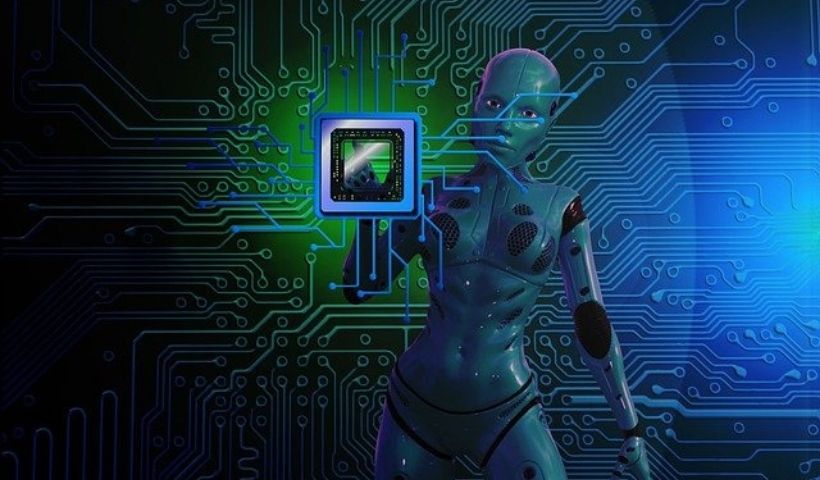Which Part Is Most Important In A Computer (Processor)?

The most important part of a computer is the processor. It is the brain, it coordinates all the data, all the applications, and all the processes that go through the processor. The two most widely used types of processors are Intel and AMD.
The processor is often said to be the “heart” of the computer. And in a way, it is so. It can also be seen as the “brain”, showing in both cases that we are dealing with a vital component for the functioning of our computer. Memory or hard disk, not to mention the graphics processor, are also relevant, of course, but if we had to define an order of importance, the processor (or CPU) would come first. The graphics processor, memory, and hard drive would follow in that order.
Next, we would have the screen, connectivity, and other elements such as the keyboard, the battery (in the case of a laptop), and other accessories. Actually, all the elements are necessary for a computer to work, of course. A computer without memory or a storage system can hardly function. At least the computers we know and are familiar with.
Today’s computers follow the Harvard architecture model, which in turn is related to von Neumann’s. This architecture defines the essential mode of operation of computers, with arithmetic and logic instructions that are executed in the electronics of the processor. These instructions are the building blocks of computer programs. Instructions are stored in memory and the data is also stored in memory.
Both the programs and the data are saved in the storage units, but the computer has to take them to the RAM memory so that it is possible for the processor to access them, in a continuous process of reading from the storage media, writing to memory, processing in the processor and writing in memory to later take the data to the storage units.
Also Read : The Best Gaming Laptops Of 2021
Manufacturing Technology
Intel and AMD are the best-known processor manufacturers. A CPU can have several billion transistors, with nano-sized sizes. Every so often (between a year and three years), manufacturers find a way to make the size of the transistors that make up a processor smaller. This makes them “fit” more in the same space and consume less energy. The increase in transistors has followed for five decades the so-called Moore’s Law, although in recent years its validity is beginning to be questioned. The number of transistors does increase, but the performance does not grow at the same rate. Another parameter that defines a processor is energy consumption.
We can say, to simplify, that the TDP is the parameter that defines what a processor consumes. Although it is not really like that from a rigorous point of view. The TDP characterizes a processor: thus, there are processors with a TDP of 5W, 15W, 25W, 45W, 65W, or even more than 100W.
The TDP is measured in Watts, and for the same architecture, the more Watts the TDP has, the more processing power the processor will have. This is important, because Intel, without going any further, has “Core i7” processors with several cores. But a quad-core Core i7 with a 15W TDP will perform about three times less than a quad-core Core i7 with a 45W TDP.
Also Read : The Importance Of DevOps In The Workplace






